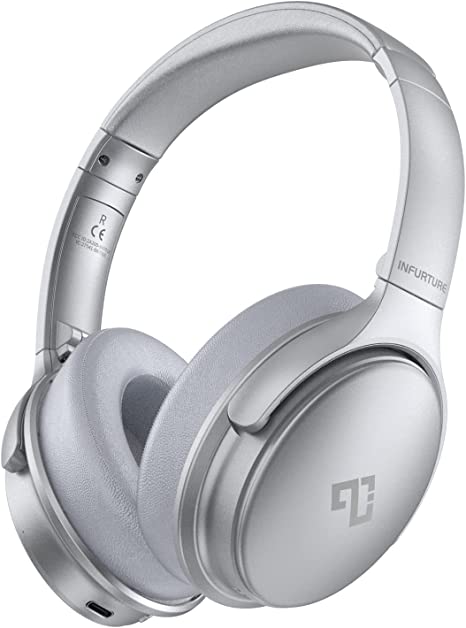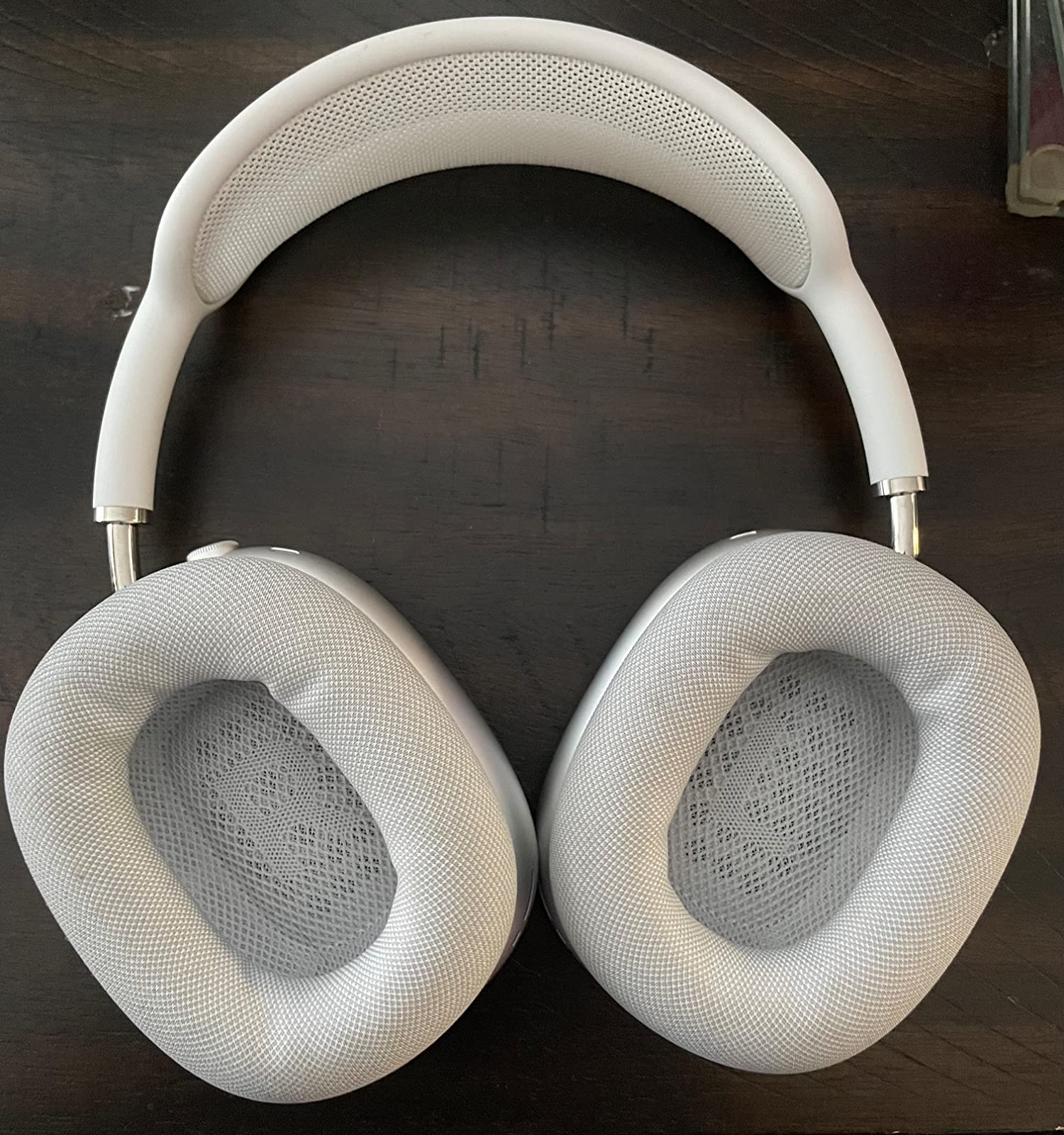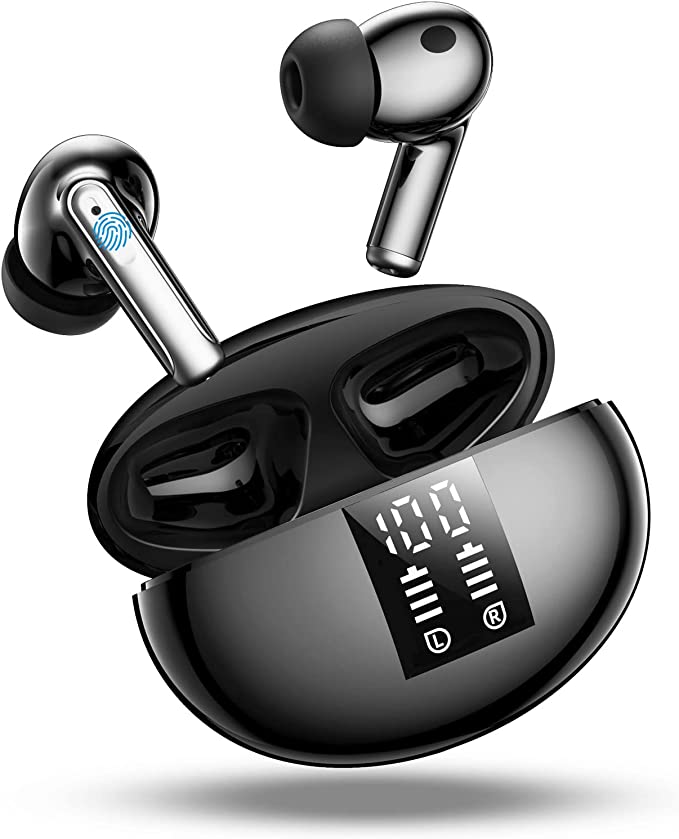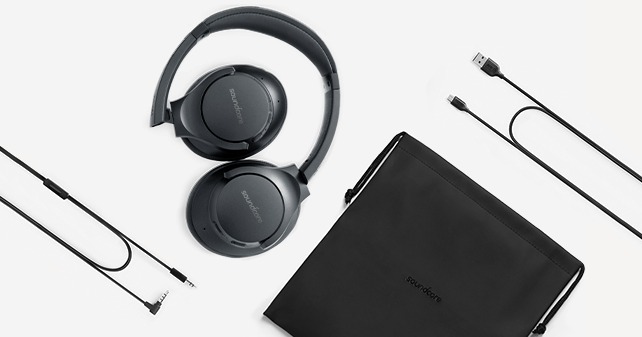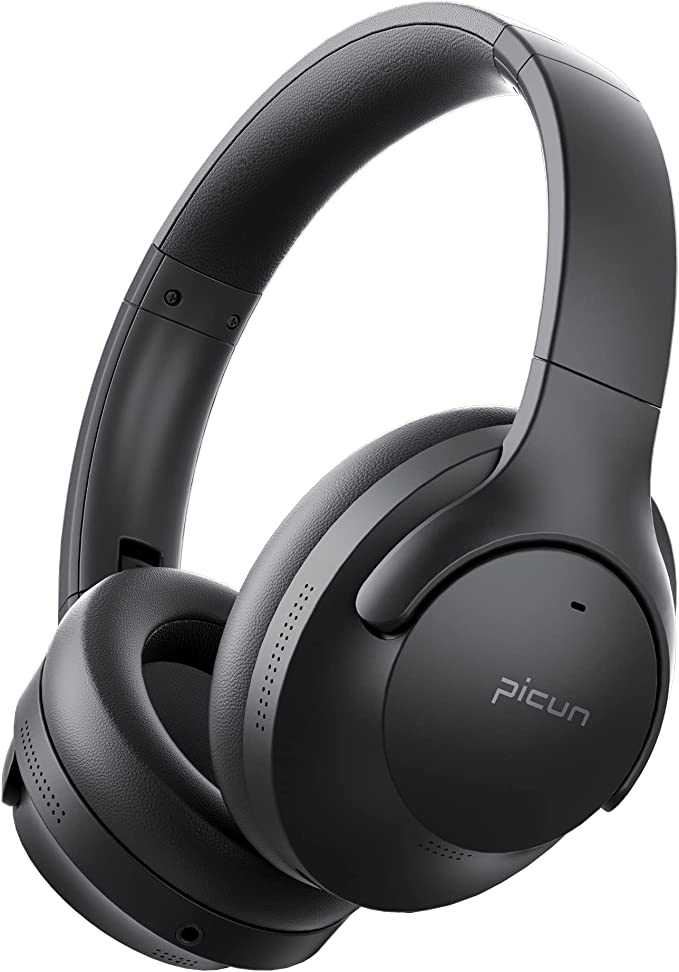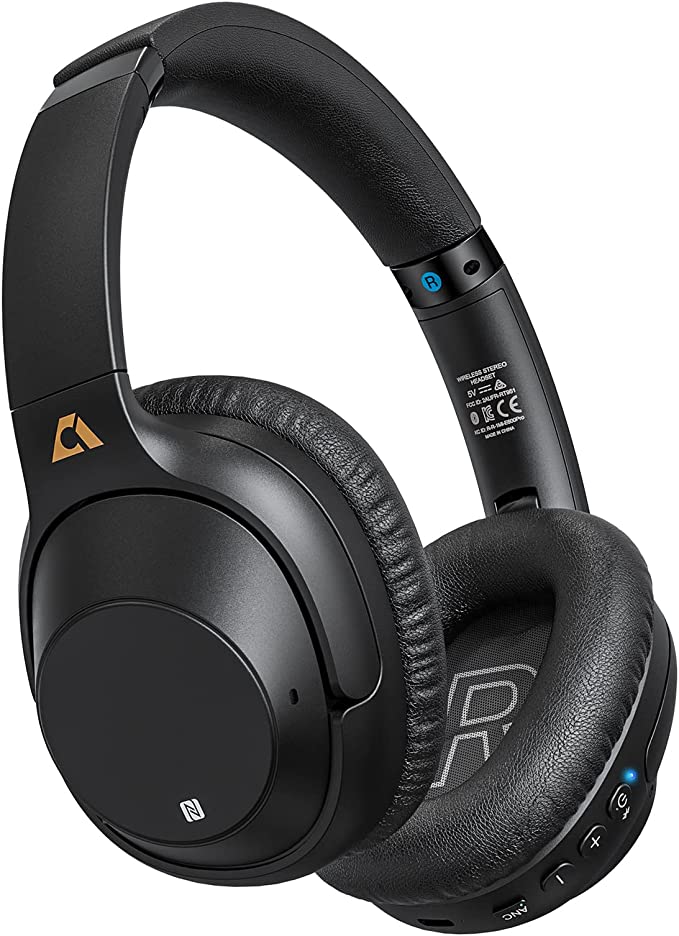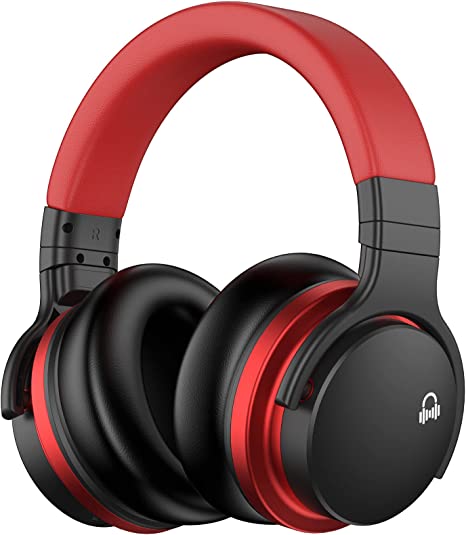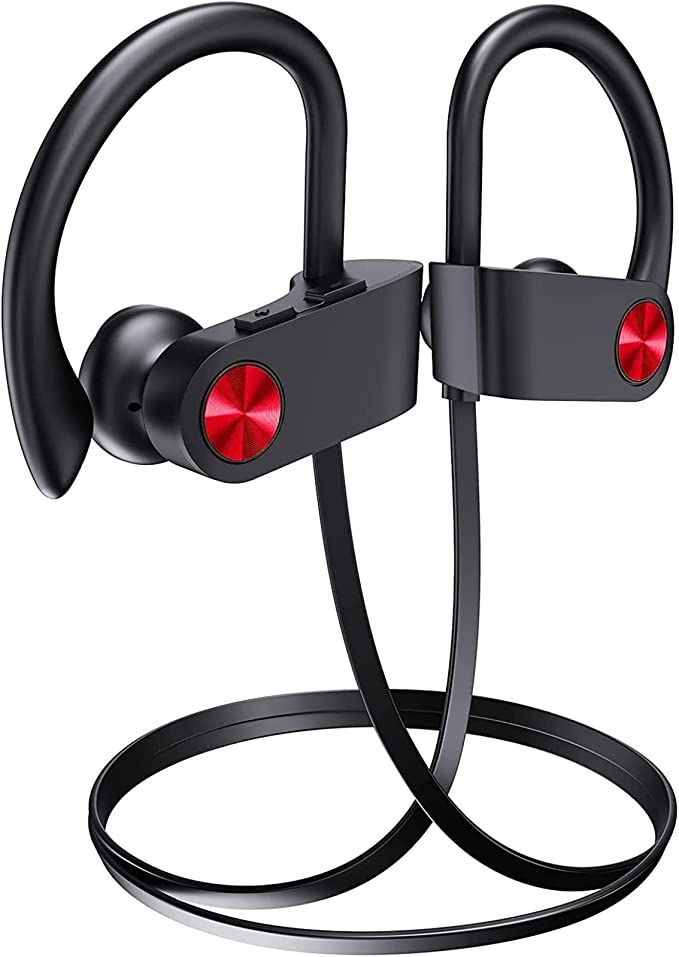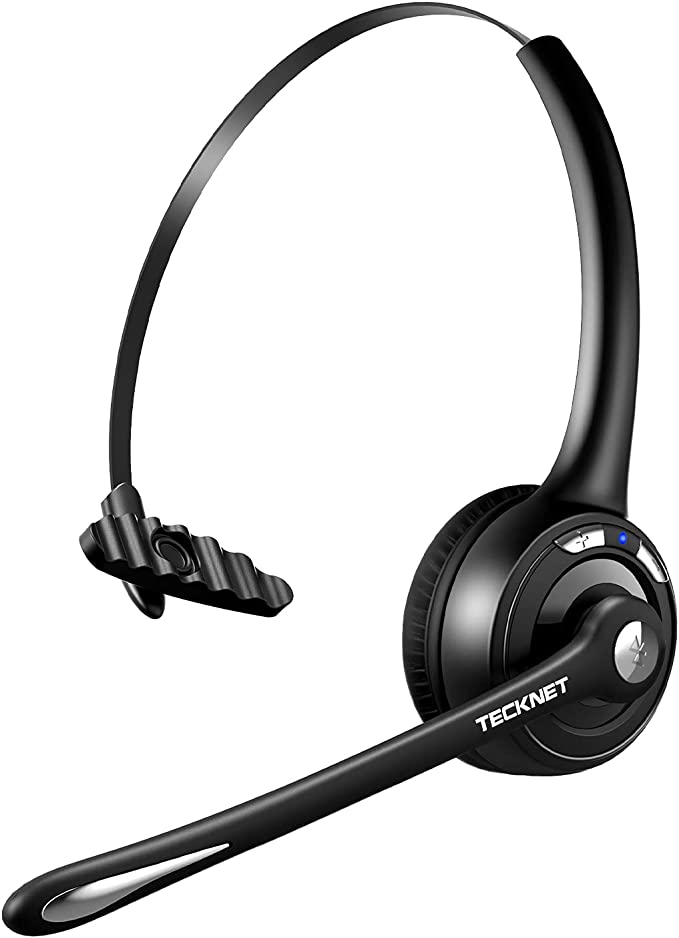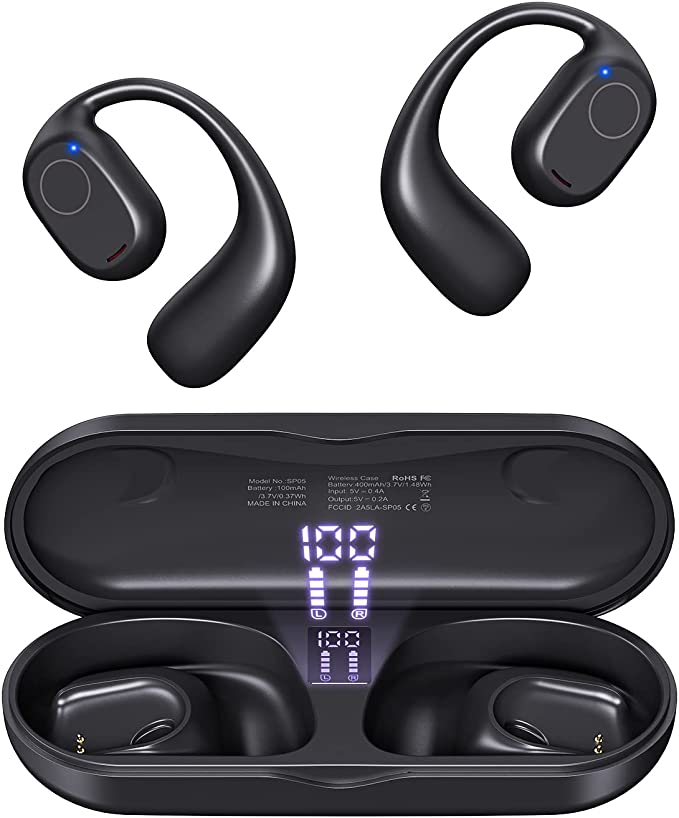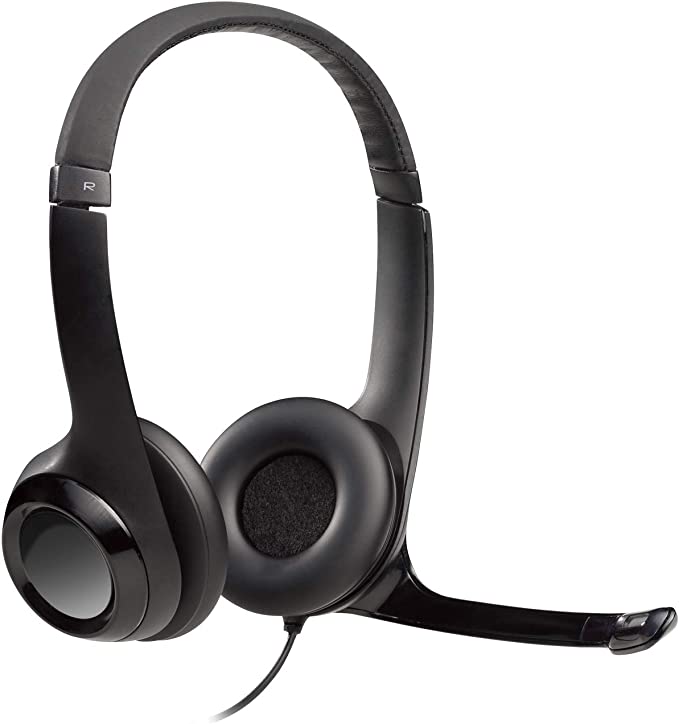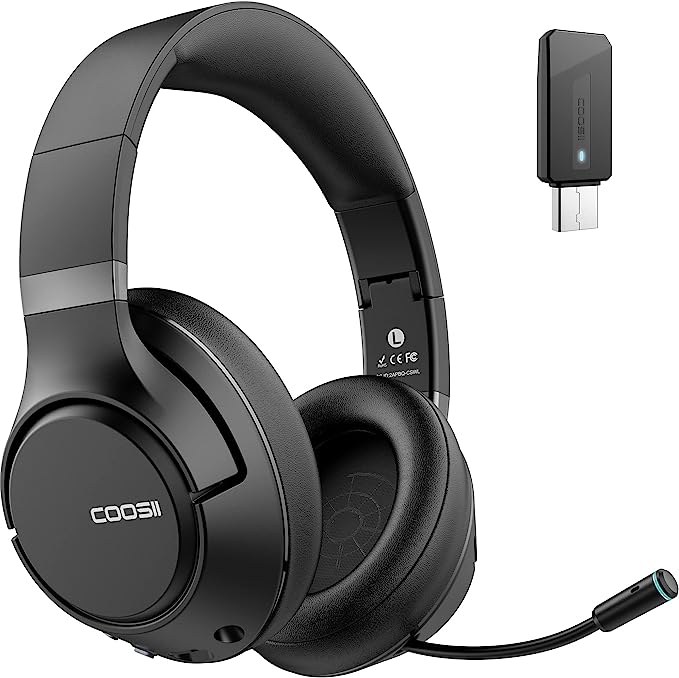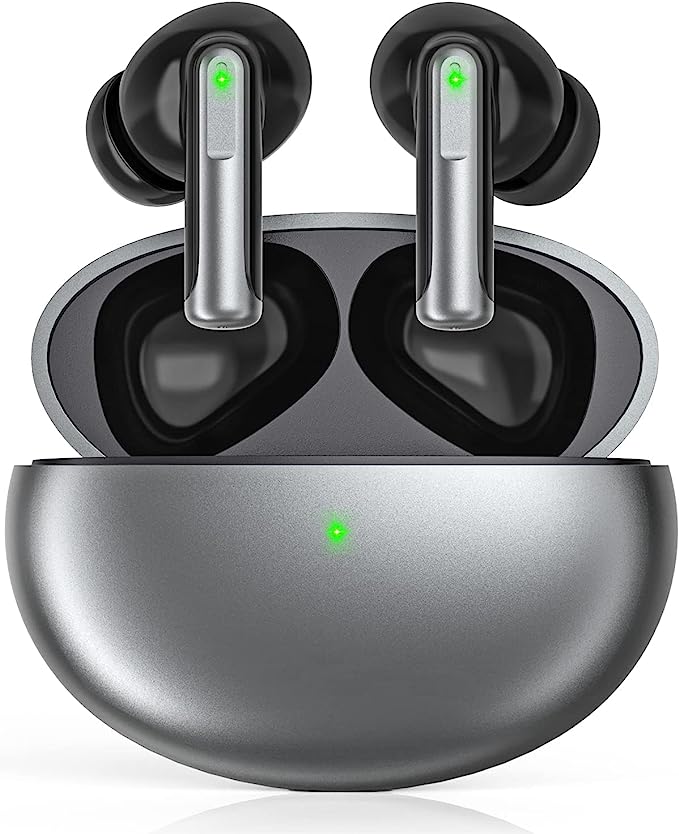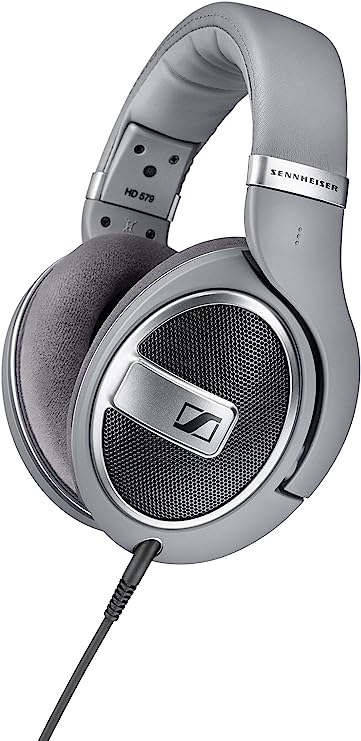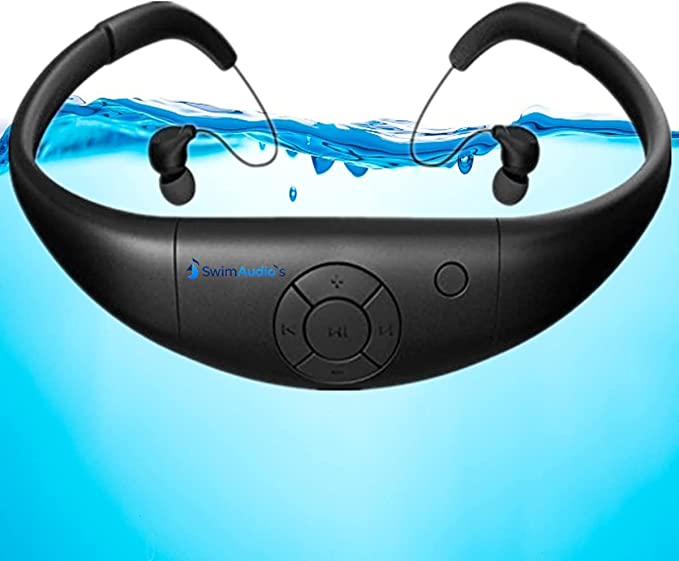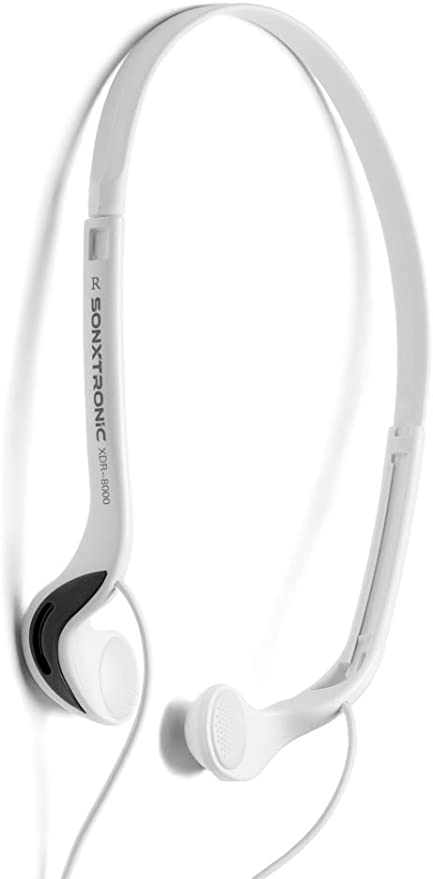Tecknet TK-HS005 Bluetooth Headset: Versatile and Clear Audio for Work and Play
Update on July 24, 2025, 9:01 a.m.
There is an invisible architecture that surrounds us daily, a structure built not of steel or glass, but of sound. It is the persistent, low-frequency hum of the city, the chaotic chatter of an open office, the mechanical drone of a long-haul journey. This relentless cacophony does more than just annoy; it fatigues the brain, frays our focus, and builds a subtle wall between us and the things we want to hear—be it a critical business call or the delicate opening notes of a favorite song. In this world of constant noise, the search for silence has become a modern quest, and its holy grail is a technology born from a most unlikely place.

The Unlikely Birth of Quiet
Long before we slipped on sleek headphones to escape the subway’s screech, the battle against noise was being waged thousands of feet in the air. In the mid-20th century, pilots navigated not just the skies, but also the deafening roar of their own cockpits. This wasn’t merely an inconvenience; it was a dangerous source of fatigue and a barrier to clear communication. Early pioneers like Lawrence J. Fogel began wrestling with the problem, conceptualizing systems that could fight sound with sound.

The idea, however, truly took flight decades later, sparked by a moment of frustration. In 1978, Dr. Amar Bose, founder of the Bose Corporation, was on a transatlantic flight, trying to enjoy the airline’s new electronic headphones, only to find the music completely overwhelmed by the jet engine’s drone. An audio engineer by trade, he spent the entire flight sketching out the mathematical formulas for a headset that could actively erase the noise. This journey from the cockpit to the consumer cabin marked the dawn of a revolution, transforming Active Noise Cancellation (ANC) from a niche military application into a tool that would redefine the personal audio experience.

The Magic Trick of Physics: Waging War on Noise with Noise
How can you possibly eliminate a sound wave that has already been created? You don’t block it; you cancel it. This is the elegant, almost magical principle at the heart of Active Noise Cancellation.
Imagine a sound wave as a continuous, rolling line. It has peaks (high pressure) and troughs (low pressure). Every sound, from a whisper to a roar, is made of these waves. An ANC headset acts as a sophisticated counter-intelligence agency. Tiny microphones on the outside of the earcups serve as scouts, constantly listening to the incoming enemy—the ambient noise. They rush this intelligence to a central commander: a powerful Digital Signal Processing (DSP) chip.

In a fraction of a millisecond, the DSP analyzes the enemy wave and generates a perfect imposter: an “anti-noise” wave. This new wave is a mirror image of the original, with its peaks aligning perfectly with the original’s troughs, and vice-versa. When these two opposing waves meet at the precise location of your eardrum, they annihilate each other in an act of physics called destructive interference. The peak cancels the trough, resulting not in a collision, but in stillness. The roar is reduced to a whisper. The drone dissolves. Silence is not imposed; it is engineered.

From Silence to Soundscape: A Modern Instrument
This powerful ability to engineer quiet forms the foundation upon which a truly immersive listening experience can be built. A device like the TECKNET TK-HS005 Bluetooth Headset serves as a fascinating case study in how this core principle, combined with other technologies, creates a versatile tool for modern life.
Its ability to eliminate up to 99.6% of background noise is a direct application of this targeted warfare, proving most effective against the very low-frequency, constant sounds that our brains find most tiring. This is the science of psychoacoustics at play; our minds are wired to filter out sudden, sharp noises, but the unending hum of an engine or an air conditioner wears down our cognitive resources. By erasing this drone, the headset doesn’t just make things quieter—it liberates mental energy.

This liberation finds its purpose in a brilliant dual-mode design. For the truck driver navigating a highway, the headset in its single-ear configuration is a guardian of focus, cancelling the engine’s drone while leaving one ear open for crucial situational awareness. It’s a tool of safety and clarity. But with a simple click, the second earpiece attaches, and the headset transforms. It becomes an instrument of escape. The driver, now on a rest break, is enveloped in a full stereo field. This is the magic of binaural hearing, where the brain interprets the subtle differences between what each ear hears to construct a three-dimensional soundscape—the precise location of a drum cymbal, the sweep of a guitar solo from left to right. It’s the difference between hearing a song and being inside it.

This immersion is further refined by a trio of EQ modes, an artist’s palette for sound. The Vocal mode sharpens the mid-range frequencies, bringing crystal clarity to a podcast or a client call. The Bass mode gives low-end frequencies the resonant power demanded by electronic music or film scores. These aren’t arbitrary settings; they are deliberate adjustments to the sound wave’s character, empowered by the headset’s 40mm drivers, which act as a broad canvas capable of rendering these different sonic textures with precision.

The Unbreakable Thread: Endurance and Connection
Tying all this together is the invisible thread of Bluetooth 5.0. This isn’t just about cutting the cord; it’s a more robust, efficient standard that sips power, allowing the headset to deliver an astounding 50 hours of continuous use. This is the freedom to cross a continent, to work for a full week, without once thinking about a charger. It’s also the intelligence to connect to a laptop and a phone simultaneously, seamlessly pausing a playlist to take a call, understanding that the modern workflow is never limited to a single device.

In the end, the journey into the world of noise-cancelling headphones reveals a profound truth. The most impactful technology is not that which shouts the loudest, but that which allows us to finally hear. It’s a technology that serves as an extension of our senses, giving us unprecedented control over our environment. By silencing the noise that distracts and fatigues, devices like the TECKNET TK-HS005 don’t just play music or transmit calls; they clear a space for thought, for focus, and for the pure, unadulterated joy of listening to the world exactly as we choose.


